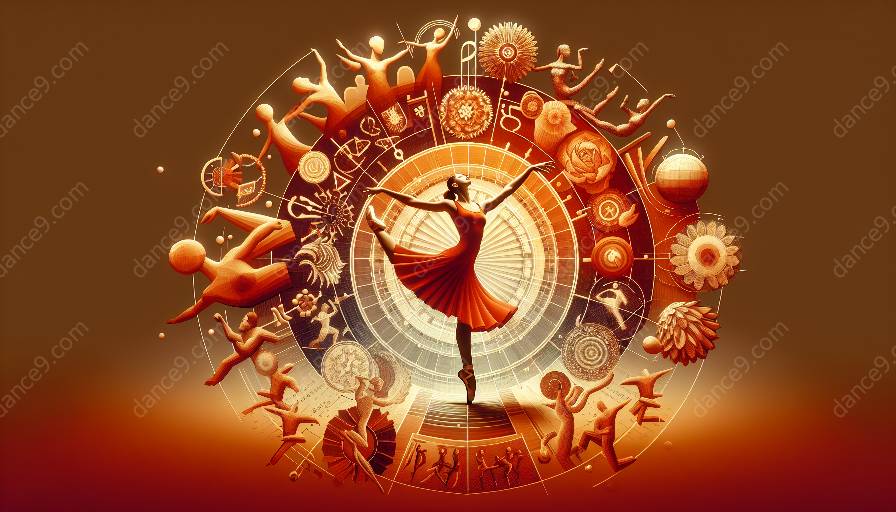The study of dance anthropology delves into the multifaceted interplay between movement, space, and social hierarchies. This topic explores how different societies and cultures use dance as a means of expressing and maintaining social structures, hierarchies, and power dynamics.
Movement in Dance Anthropology
At the heart of dance anthropology lies the examination of movement. Movement is not merely a physical expression but an embodiment of cultural meanings, beliefs, and values. In dance studies, researchers analyze how various movements convey specific messages and the role they play in social interactions.
For instance, within certain cultural contexts, specific movements may be reserved for distinguished members of society, serving as a clear indicator of social hierarchy and status. Conversely, communal dance forms might represent a means of egalitarian expression, promoting a sense of unity and shared identity among participants.
By delving into the nuances of movement, dance anthropology sheds light on how societies use physical expression as a tool for reinforcing or challenging social hierarchies.
Space in Dance Anthropology
Connected to movement is the consideration of space in dance anthropology. The spatial dynamics of dance are integral to understanding how social hierarchies are manifested and reinforced. Spaces where dance occurs often reflect and reinforce hierarchical structures.
The arrangement of performers within a given space can speak volumes about social dynamics. In traditional court dances, for example, space is carefully organized to reflect the hierarchical positioning of individuals within the society. Through the spatial organization of dance, anthropology unveils the ways in which societal norms and power structures are physically displayed and perpetuated.
Moreover, the actual environments in which dance takes place contribute to the way social hierarchies are perceived. The design and adornment of dance spaces can convey societal values and reinforce the social status of those involved in the performance and production of dance.
Social Hierarchies in Dance Anthropology
Undoubtedly, social hierarchies are deeply embedded within dance anthropology. Dance serves as a medium through which hierarchies and power dynamics are made visible and reinforced. This is evident in various dance forms, ranging from classical court dances to contemporary urban dance movements.
The hierarchical positioning of dancers, the specific movements assigned to different members of society, and the way in which dances are learned and transmitted all reflect the social hierarchies and power dynamics of the community in which they originate. Dance studies allow for an in-depth examination of how social hierarchies are both mirrored and contested through dance.
Furthermore, through the lens of dance anthropology, the transformation of social hierarchies over time can be explored. Changes in dance movements, the use of space, and the roles of individuals within a dance can reflect larger societal shifts, offering valuable insights into the evolution of social structures.
Conclusion
The interconnected nature of movement, space, and social hierarchies in dance anthropology is a rich area of study within dance studies. By exploring these topics, researchers gain a deeper understanding of how dance acts as a reflection of cultural norms, power dynamics, and social structures. Embracing the complex and dynamic interplay of movement, space, and social hierarchies in dance anthropology enhances our comprehension of the role of dance in shaping and reflecting the societies in which it exists.

















